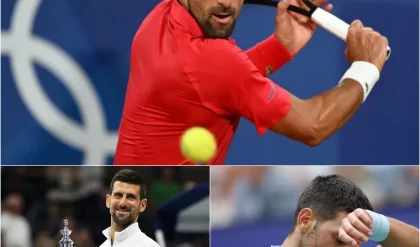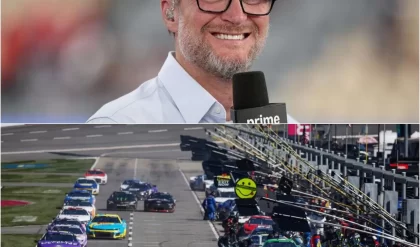Truth Behind Hamilton’s Japan Struggles Unveiled as Sainz Penalty Shakes Up Grid
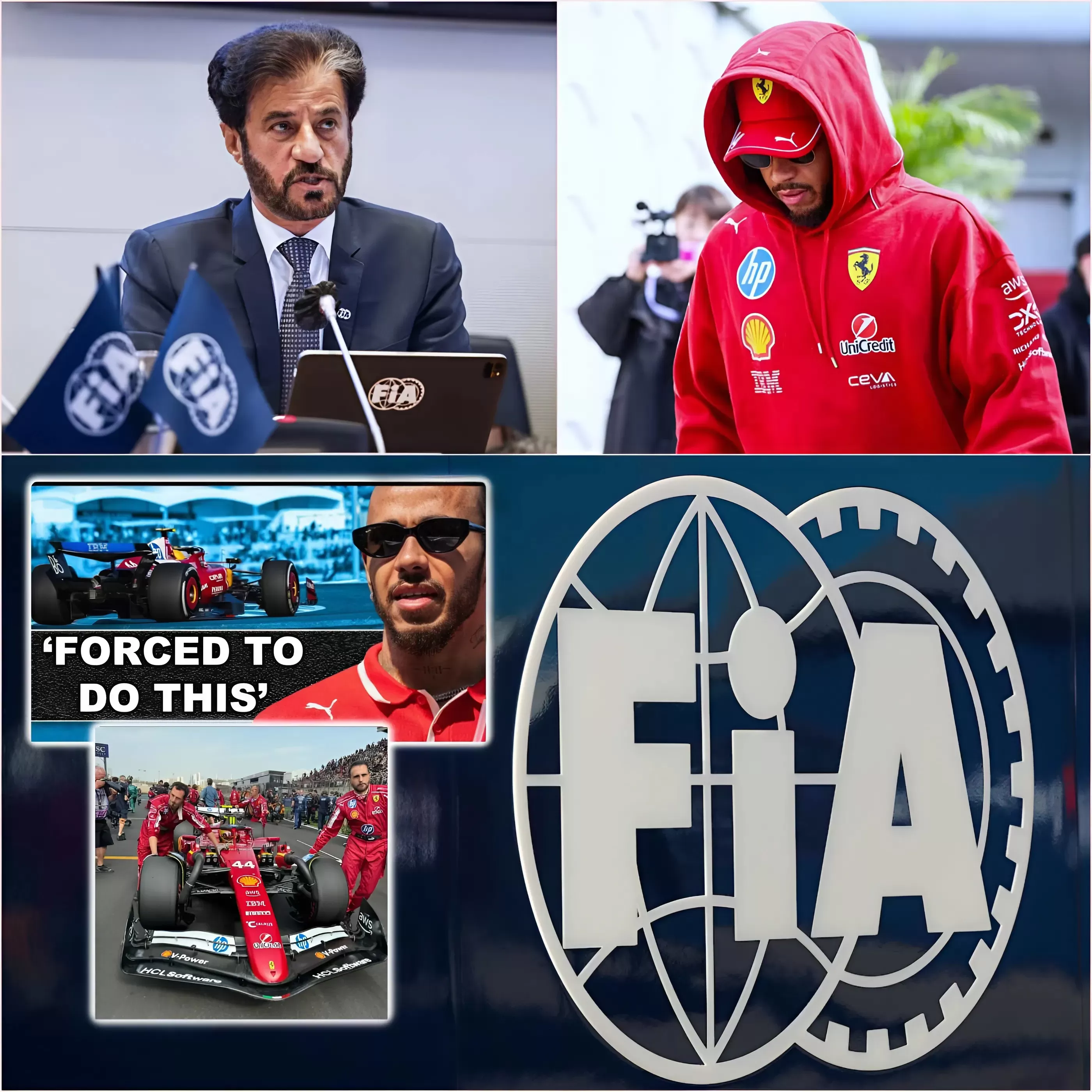
The 2025 Japanese Grand Prix weekend has already delivered drama, with Lewis Hamilton’s qualifying woes and a fresh penalty verdict stealing the spotlight at Suzuka. A tense moment unfolded during Q2 when Hamilton, charging on a push lap, nearly collided with a dawdling Carlos Sainz at Turn 1. The seven-time world champion was forced off track to avoid disaster, venting his frustration over the radio as the close call disrupted his rhythm. The FIA stewards wasted no time investigating, and their verdict dropped like a bombshell: Sainz, now driving for Williams, copped a three-place grid penalty, tumbling from P12 to P15 for Sunday’s race. For fans and pundits alike, it’s a ruling that’s sparked debate—but one that seems wholly justified given the near-miss.
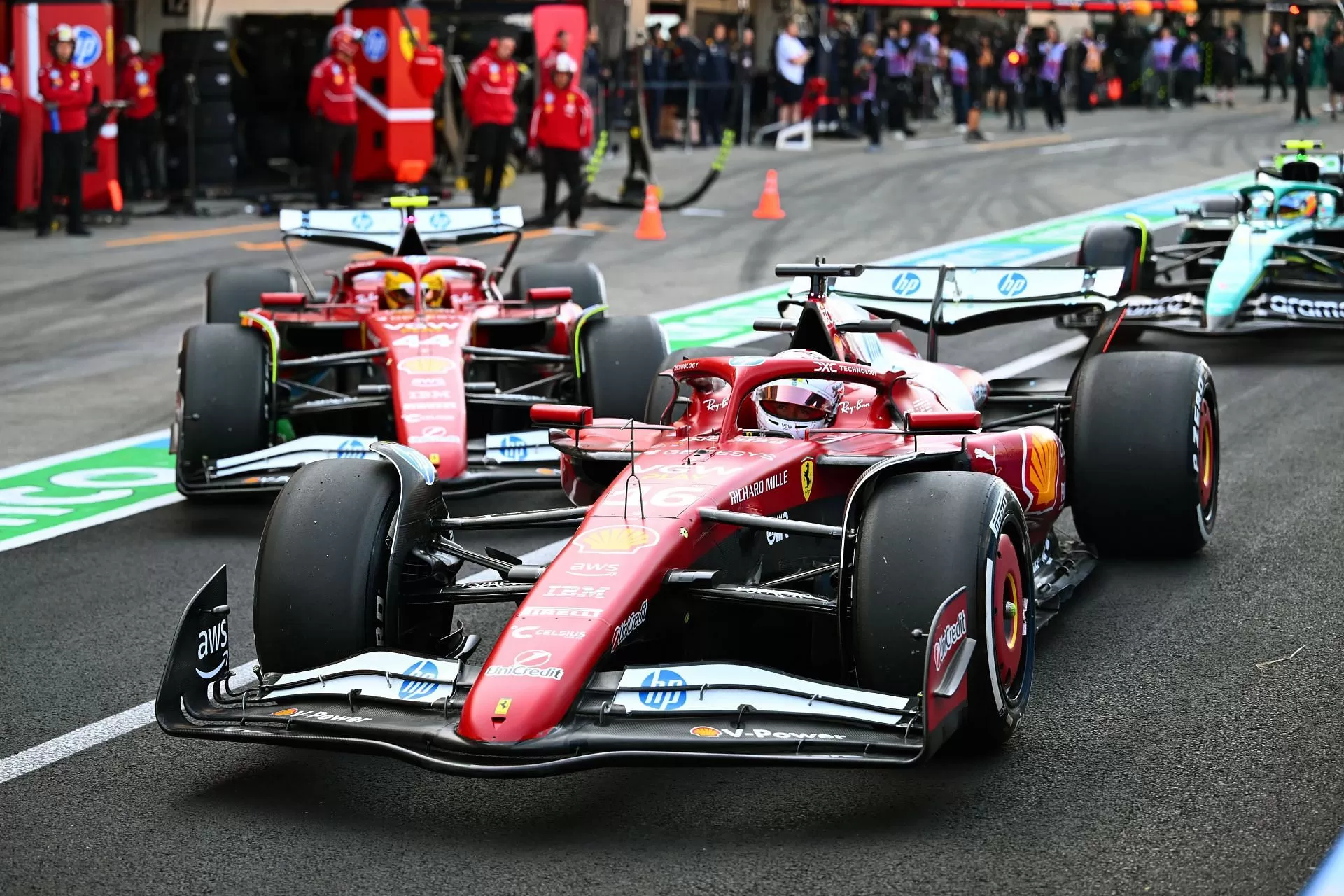
The stewards’ report painted a clear picture. Sainz admitted he had no warning from his team about Hamilton’s rapid approach, leaving him blindsided as the Ferrari closed in. “I was caught completely by surprise,” Sainz explained, noting that the angle of his car and Hamilton’s blistering pace made it impossible to spot the danger in his mirrors. Yet, the FIA pointed the finger squarely at Williams, highlighting that the team had over eight seconds to alert their driver as Hamilton’s intent to start a flying lap became obvious. Their failure to act left Sainz dawdling through the corner, forcing Hamilton into evasive action and aborting what could’ve been a crucial lap. The standard penalty for impeding in qualifying—a three-grid-place drop—was swiftly applied, a decision few can argue with when safety and fairness hang in the balance.

But while Sainz’s penalty reshapes the grid, it’s Hamilton’s broader struggles that have tongues wagging. The Ferrari star could only muster P8 in qualifying, a far cry from the blistering pace fans expect from a driver of his caliber. Teammate Charles Leclerc fared better, securing P4, yet both drivers appeared to wrestle with the SF25’s setup—particularly in the tricky first sector.

Hamilton later shed light on the root of Ferrari’s woes, revealing a “knock-on effect” from his disqualification at the Chinese Grand Prix. In Shanghai, excessive skid block wear saw him stripped of points, exposing a sensitivity in Ferrari’s 2025 car design. To avoid a repeat, the team raised the ride height in Japan—a move Hamilton confirmed to Sky F1. “We’re running higher than we’d like to be,” he admitted, explaining that the adjustment sacrifices downforce, a critical ingredient for raw pace.
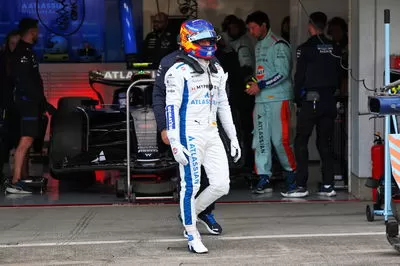
The implications are stark. In Formula 1, a car’s proximity to the ground is king—lower ride heights maximize downforce, boosting grip and speed. Raising the SF25, even slightly, dulls its edge, and Hamilton felt the sting. “It’s usually the knock-on effect from a weekend like we had before,” he said, hinting at a lingering headache from China. His qualifying reflections were equally telling: “Charles did an amazing lap today. For me, we went in different directions with the setup. I had a lot of understeer and couldn’t dial it out.” Despite scraping into Q3, Hamilton’s P8 left him unsatisfied. “Not good enough from my side,” he confessed, acknowledging a “tight battle” where clean laps eluded him.
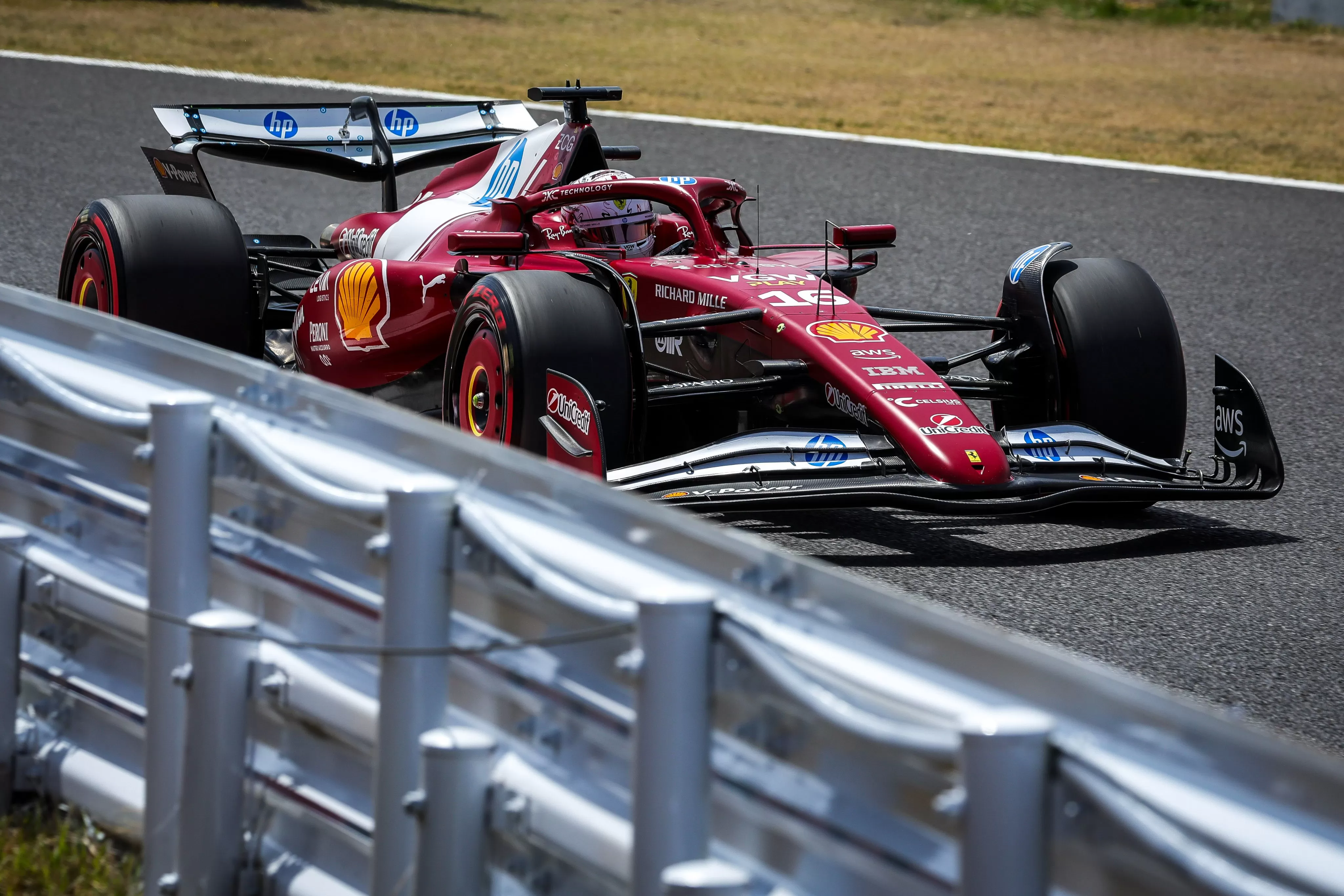
For Ferrari, the Japan weekend is a mixed bag. Leclerc’s P4 offers hope, but Hamilton’s struggles—and the team’s forced compromise on ride height—suggest the SF25 isn’t yet the title contender fans crave. Meanwhile, Sainz’s penalty adds spice to the midfield, setting the stage for a chaotic race. As the Suzuka lights go out, all eyes will be on Hamilton to recover, Sainz to climb, and Ferrari to prove they can adapt. One thing’s certain: in F1, every twist reveals a new truth.
.
.
